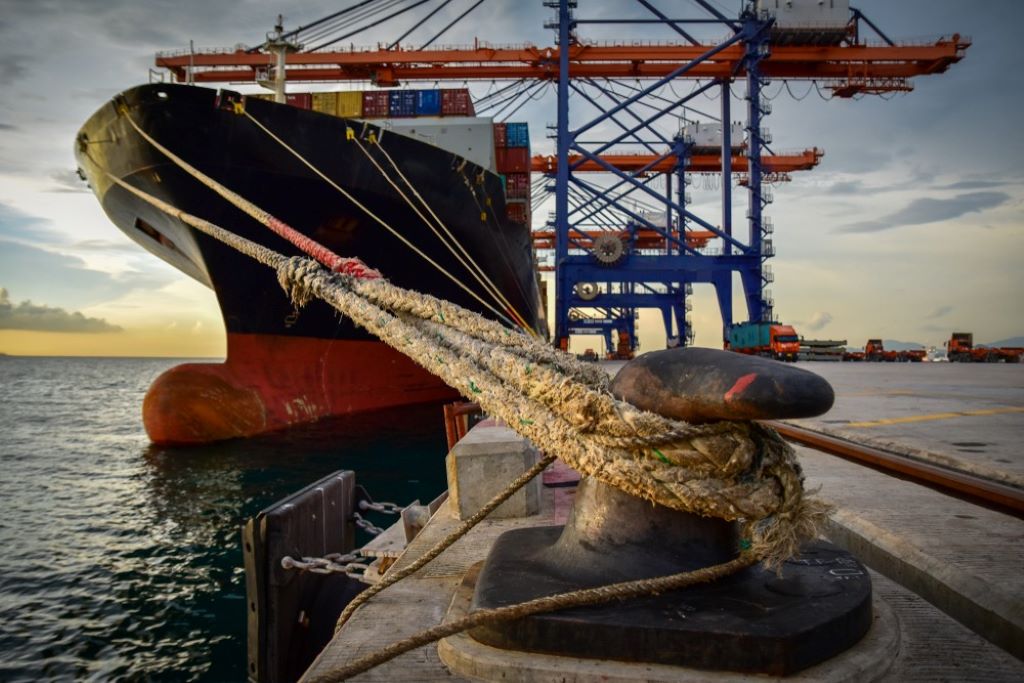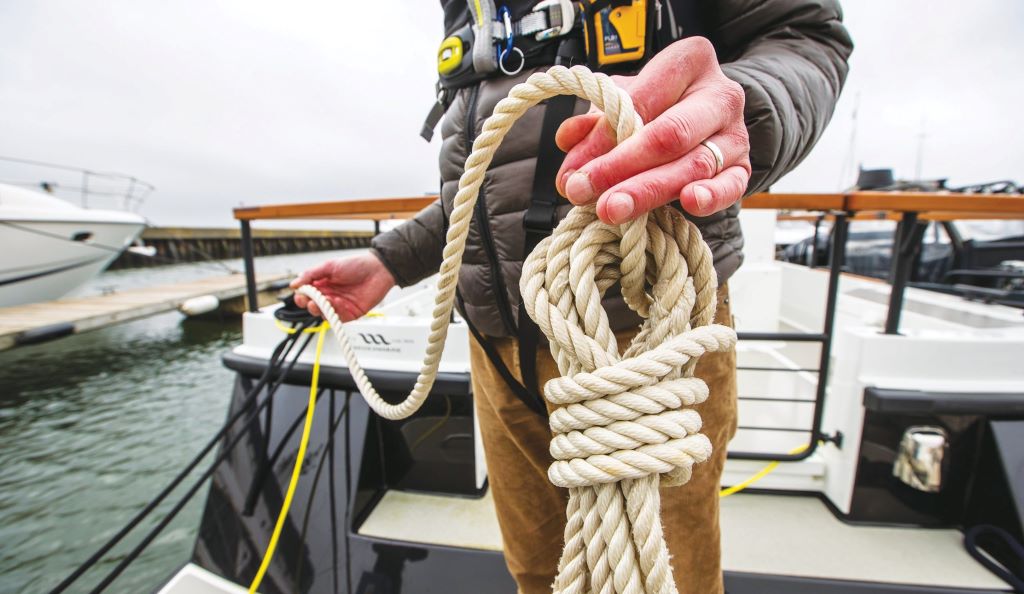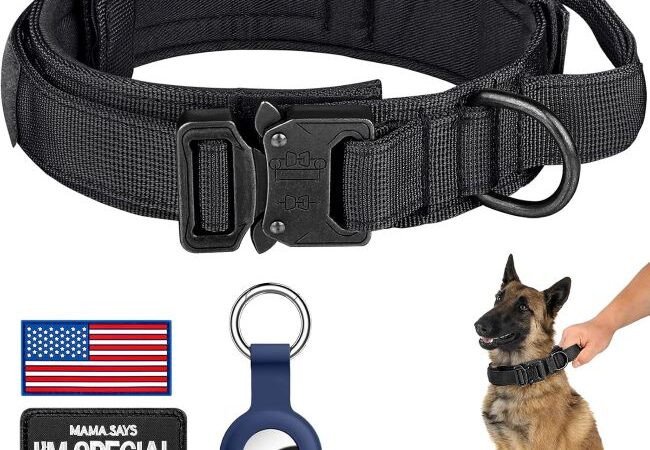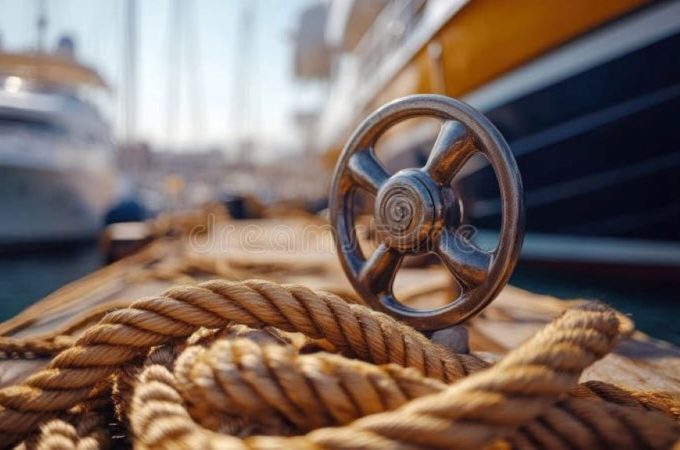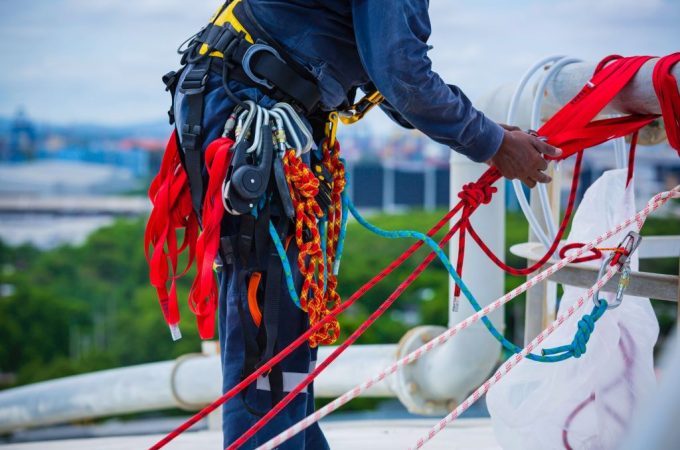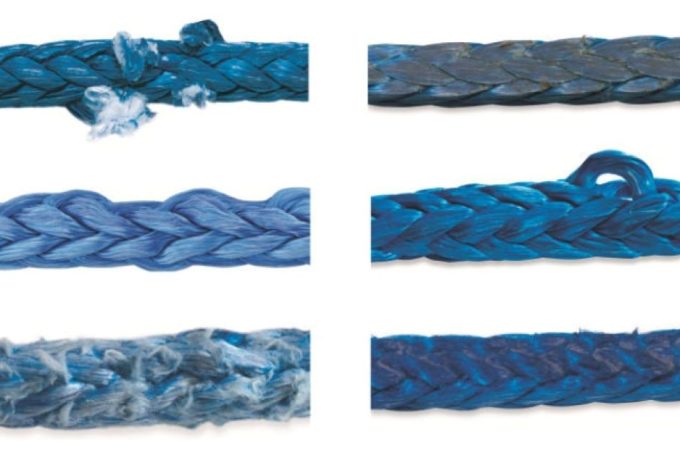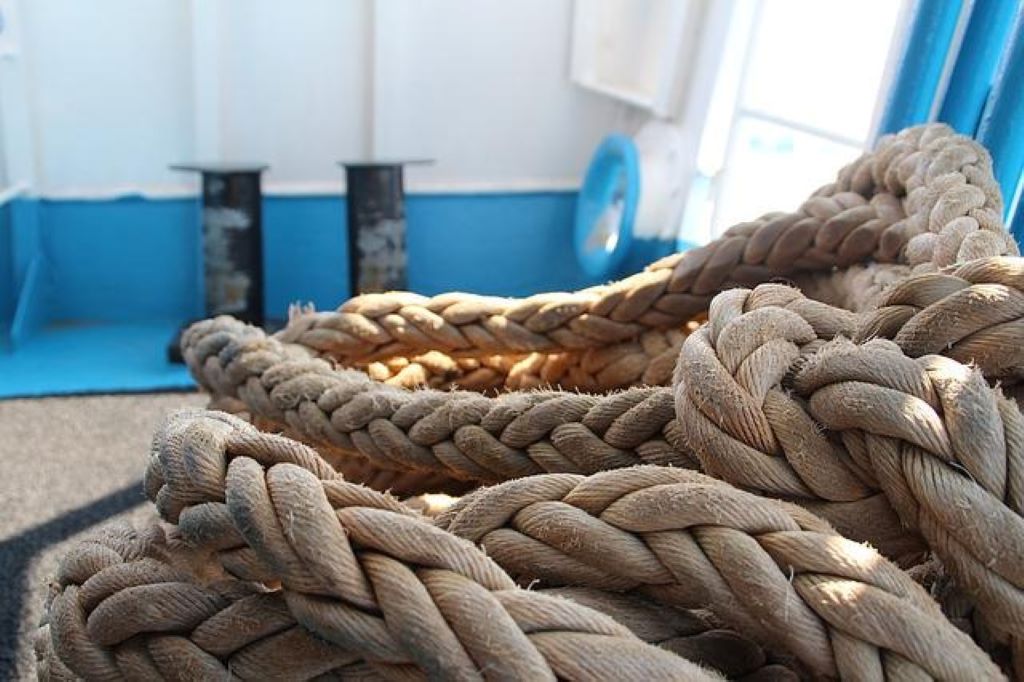
Why Rope Storage Aboard Matters More Than You Think
Ropes are the unsung heroes of any vessel. Whether you’re docking, anchoring, towing, or hoisting sails, ropes play a critical role in safety and performance. Yet, rope storage aboard is often overlooked—until it becomes a problem. Tangled lines, mildew, premature wear, and even accidents can result from poor rope management. In this article, we’ll explore why rope storage aboard matters more than you think, backed by expert insights, real-world data, and actionable solutions.
Contents at a Glance
ToggleThe Hidden Dangers of Poor Rope Storage
Improper rope storage isn’t just inconvenient—it’s dangerous. According to Boyuan Rope, tangled ropes are a leading cause of onboard tripping accidents and operational delays. A cluttered deck can slow down emergency maneuvers, especially when seconds count.
Additionally, ropes exposed to saltwater, UV rays, and friction degrade faster. A study by American Rope found that ropes stored without ventilation lose up to 30% of their tensile strength within a year. Moisture trapped in tightly coiled ropes fosters mildew, rot, and fiber breakdown—especially in natural fiber ropes like manila or sisal.
Rope Material Matters—So Does Storage
Different rope types require different care. Synthetic ropes (nylon, polyester, Dyneema) resist moisture and UV better than natural fibers, but they’re still vulnerable to abrasion and heat. Natural ropes absorb water and degrade quickly if not dried and stored properly.
Live to Plant’s rope care guide emphasizes that understanding rope composition is key to proper storage. For example:
- Nylon ropes: Flexible and strong, but prone to UV degradation.
- Polypropylene ropes: Floatable, but weaken under heat and sunlight.
- Manila ropes: Traditional and sturdy, but rot easily when wet.
Therefore, storing ropes in ventilated, shaded areas is essential. Use mesh bags, UV-resistant bins, or wall-mounted hooks to keep ropes dry and accessible.
Coiling Techniques That Prevent Damage
Coiling isn’t just about tidiness—it preserves rope integrity. The figure-eight method, recommended by Boyuan Rope, prevents kinks and twists, allowing smooth deployment under load. For longer lines, flaking onto the deck before final stowage reduces memory and stress on fibers.
American Rope suggests loose coiling to accommodate natural rope movement. Tight coils compress fibers, causing internal damage over time. Hanging ropes on pegs or cleats also reduces surface contact and maintains shape.
Organization Boosts Efficiency and Safety
Imagine needing a docking line in a storm and fumbling through a locker of tangled ropes. Proper organization eliminates that risk. Divided lockers, labeled bags, and color-coded ropes streamline operations and reduce stress.
Professional sailors often use nylon stuff sacks for spare lines and wall-mounted clips for frequently used ropes. This system ensures quick access without clutter. It also helps crew members identify the right rope for the task—critical during high-pressure moments.
Extending Rope Lifespan Saves Money
Ropes aren’t cheap. High-quality marine ropes can cost hundreds of dollars per line. Replacing them frequently due to poor storage is a waste. Proper care extends rope life by years, saving thousands over time.
According to American Rope, rinsing ropes with freshwater after saltwater exposure and drying them thoroughly before storage can double their lifespan. Regular inspections for wear, UV damage, and internal chafing also prevent unexpected failures.
Rope Storage and Vessel Aesthetics
Beyond function, rope storage affects aesthetics. A tidy deck reflects professionalism and pride in ownership. It also improves guest experience aboard yachts and charters. No one wants to trip over a soggy, tangled mess.
Modern rope organizers blend utility with design. UV-resistant bins, stainless steel hooks, and custom lockers enhance both safety and style. Investing in these solutions elevates your vessel’s appearance and performance.
Featured Snippet: Why Rope Storage Aboard Matters More Than You Think
Q: Why is rope storage aboard a boat more important than most people realize?
A: Rope storage aboard matters because it directly impacts safety, efficiency, and rope longevity. Poorly stored ropes can cause tripping hazards, slow down emergency responses, and degrade faster due to moisture, UV exposure, and abrasion. Proper storage—using coiling techniques, ventilated containers, and regular cleaning—ensures ropes remain strong, accessible, and ready for use. It also saves money by extending rope lifespan and enhances vessel aesthetics. Whether you’re a weekend sailor or a seasoned mariner, organized rope storage is essential for smooth sailing.
FAQs
- What’s the best way to store wet ropes aboard?
Hang them in a shaded, ventilated area until fully dry. Avoid tight coils and enclosed lockers. - Can UV rays damage synthetic ropes?
Yes. Prolonged exposure weakens fibers, especially nylon. Store ropes in shaded areas or UV-resistant containers. - How often should I inspect my ropes?
Before every trip. Look for fraying, discoloration, stiffness, or internal chafing. - What’s the safest coiling method for long ropes?
Figure-eight coiling prevents twists and memory, ideal for anchor lines and halyards. - Are rope bags worth the investment?
Absolutely. They promote airflow, prevent tangling, and protect against salt and mildew. - Should ropes be stored separately?
Yes. Use divided lockers or labeled bags to avoid cross-contamination and confusion. - What materials are best for rope storage bins?
UV-resistant plastic or coated wire mesh. These drain water and resist corrosion.
Final Thought
Rope storage aboard isn’t just a detail—it’s a discipline. It affects everything from safety and performance to cost and aesthetics. By adopting smart storage practices, you protect your investment, streamline operations, and sail with confidence. Whether you’re managing a small sailboat or a luxury yacht, rope organization is a mark of true seamanship. Related Topics: Itayak 5-Step Boat Rope Ladder Review – Foldable And Easy Boarding
Call to Action
Ready to upgrade your rope storage game? Start by auditing your current setup. Invest in ventilated bags, learn proper coiling techniques, and inspect your ropes regularly. For expert-grade gear and tips, visit Boyuan Rope’s marine storage guide or explore American Rope’s rope care resources. Your ropes—and your crew—will thank you.
Featured Image Source

